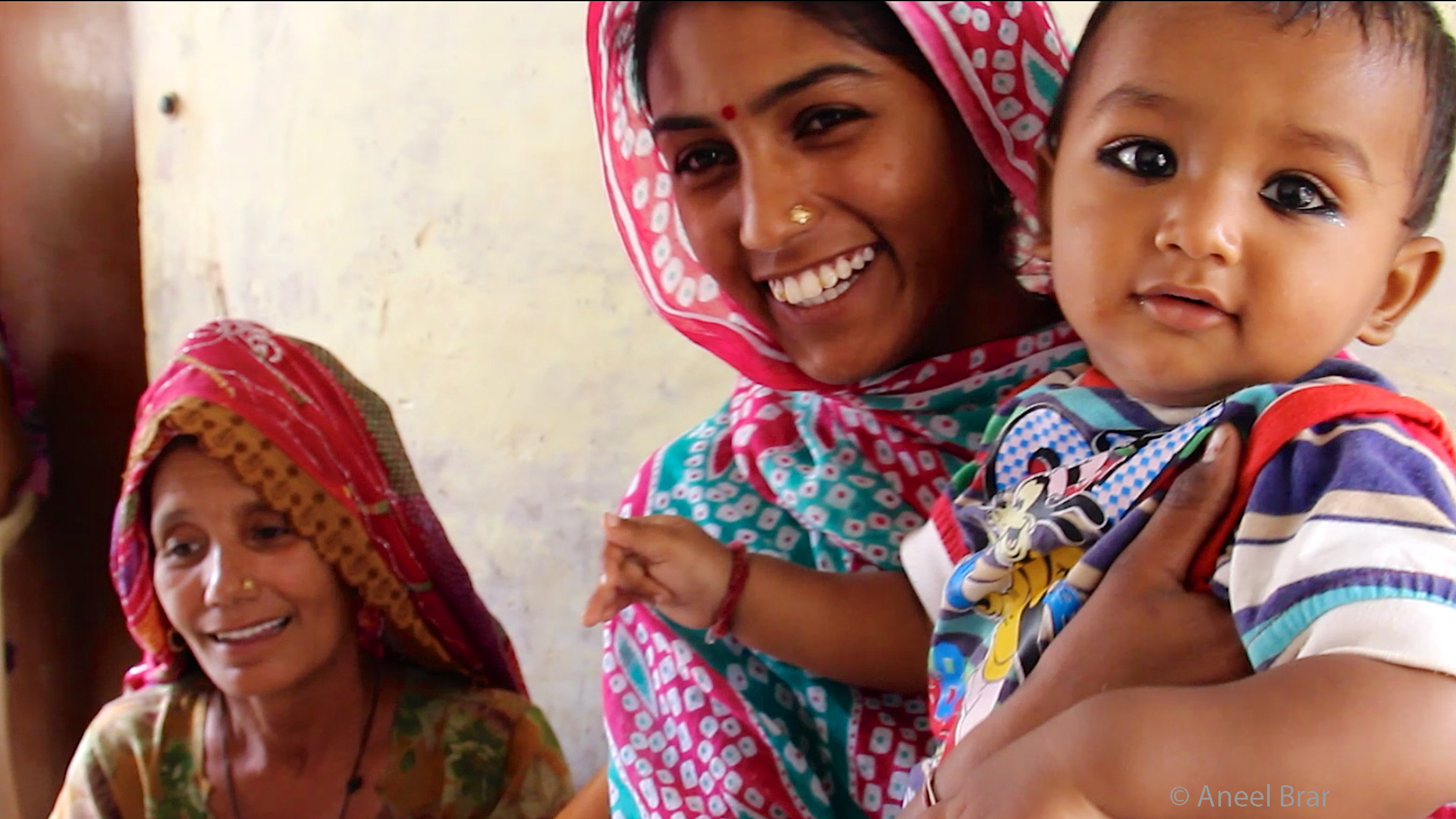The World Health Organization was founded on the principle that every individual should be able to realize their right to the highest level of health. Therefore providing the facility of health to every individual became its guiding mantra for more than seven decades now. Keeping this trend alive this year WHO is calling countries in moving towards Universal Health coverage. Universalizing access to health care is one sustainable development goal that India is committed to providing in all rural and urban areas.
Highlighting the importance of Health mechanism in India, the recent union budget has shown us serious commitments on decreasing the maternal mortality rate and the measures to tackle them. India has made extensive efforts to reduce the maternal mortality rate and to increase access to reproductive health. In some regions, it has achieved much progress. Implementation of pan-India schemes like Janani Shishu Suraksha Karyakram is targeted to provide benefit to more than 12 million pregnant women who access Government health facilities for their delivery. Moreover, it also motivated those who still choose to deliver at their homes to opt for institutional deliveries. However, the quality of antenatal care services that have been provided to the pregnant women has been deplorable. According to a study conducted by BMJ journal in Chattisgarh, one of the poorest state in India, the coverage of antenatal care services under JSSK scheme, was quite high with 84% of the women having attended at least three antenatal care visits. However, the quality of antenatal care services was better in the non-tribal district compared to the two tribal districts.
Availability of free transport to the facility was found to be high for people who called for it while return transport was provided to 60% of women who delivered at a public facility. Free food was provided to 55% of women. Emergency referral transport for maternal complication to a higher public facility was not ensured in all cases. Though most of the facilities surveyed are undertaking deliveries, huge gaps were identified in preparedness for dealing with both basic deliveries and emergencies. These gaps include non-availability of essential medicines and/or blood bank/storage facility in most of the community health centers. Most of the community health centers had no gynecologist or adequate facilities available for C-section delivery. Out-of-pocket expenditure was incurred by 98% of women who went to a private facility and by 56% of women going to a public facility. In private facilities, median out-of-pocket expenditure was ten times higher than in public facilities. Even though half of the women had insurance cards under Rashtriya Swasthya Bima Yojana or Mukhyamantri Swasthya Bima Yojana, only 16 women made use of these schemes. Out of these 16 women, 12 still incurred out-of-pocket expenditure.
In spite of implementing such strong policies, progress made has been uneven and inequitable, and the majority of women still lack access to maternal and reproductive health care. But what has been the cause of such massive failure of these policies? In India, poverty levels differ widely. Government health spending is around 1% of GDP, while the total spending on health in India is around 5% of the GDP. India has one of the highest levels of out-of-pocket payments for health care in the world, which imposes a large financial burden on individuals and households.
Utilization of antenatal care (ANC) and skilled attendance at birth has also increased among the general population in India in the last 15 years. However, progress among women belonging to economically disadvantaged segments of the populations has been slow. Quality of care in maternal health services has also been shown to differ according to economic and residence status. The healthcare providers are also unable to meet the national standards on minimal care during pregnancy and delivery in the poorer areas of the country, whereas this did not seem to be a problem in the higher-income areas of the city.
Although monitoring at various levels could be a reason behind it, in many other settings social structures also prevent women from having access to maternal and reproductive health care. According to data published by NFHS 4, only 16.7% women in rural India receive full antenatal care- at least four ANC visits, at least one tetanus toxoid injection, and iron and folic acid tablets or syrup taken for 100 or more days- which is about half as many as in Urban areas (31.1%). What is the cause of such a number where one woman out of seven does not get access to antenatal care during pregnancy? The gendered nature of decision-making in Indian households affects women’s health care-seeking behavior. The husband or family did not think it is necessary to seek any medical assistance for women to give birth to a child. One in four men whose wives did not receive ANC said they did not think it was necessary. One in five men said their family members did not think it was necessary while one in ten said the women themselves thought ANC to be unnecessary. Nearly one in four men said it was ‘too costly’.
What could be the effective solution to bridge this gap and decline the maternal mortality rate? While strict monitoring of the Govt initiated plan across various level is important, improving infrastructure and human resources in health care are equally important. Policy attention to promoting women’s agency through education and paid employment as well as sensitizing men about women’s right to health care is also required to improve the stature of women in the society. Private organisations and corporate bodies should also come forward voluntarily to support the backward communities in improving the health condition. Improved levels of educational attainment, participating in income-generating employment and belonging to households in the higher wealth quintiles will also tend to raise women’s participation in decision-making about their own health.
Lastly, Training and providing information to both men and women about maternal and post childcare will help us achieve the related sustainable development goal and ensure the #Healthforall target.
